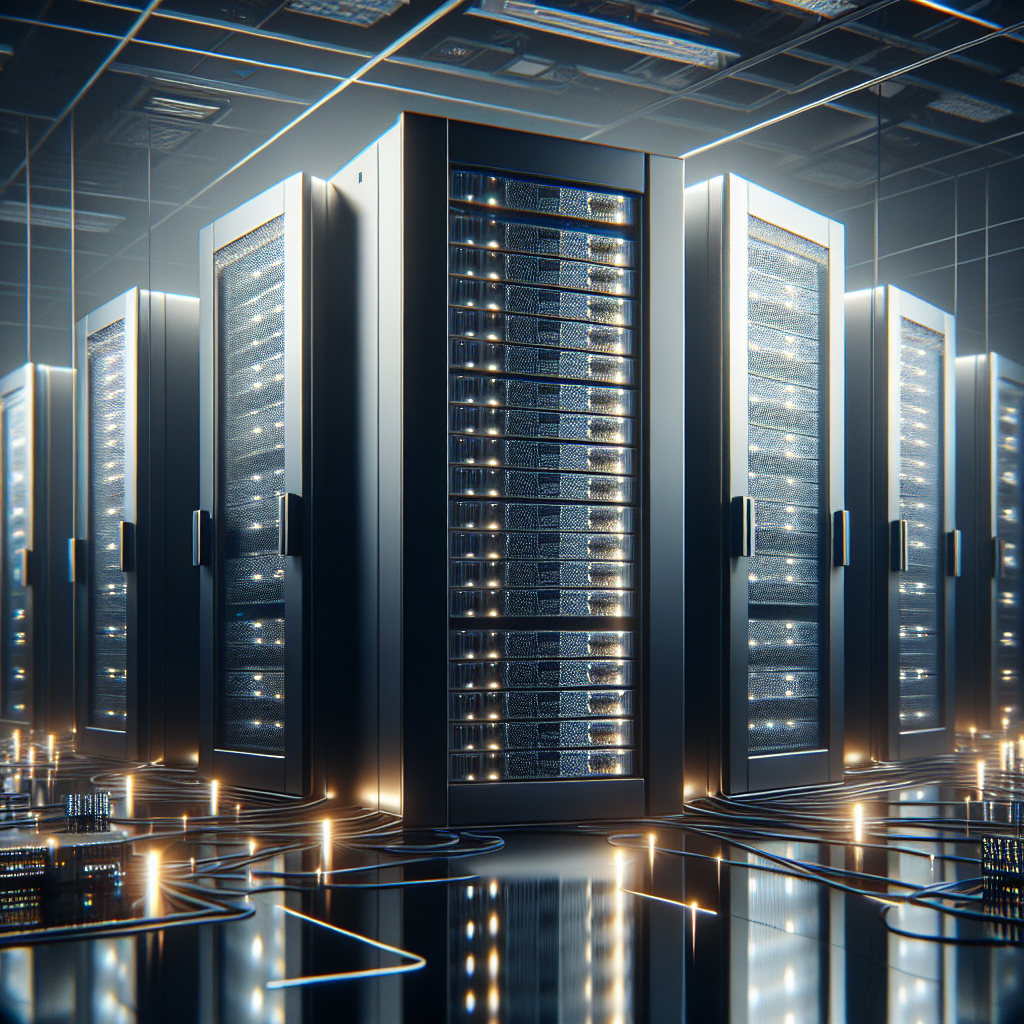Understanding the Importance of Redundancy in Data Center Server Architecture
In today’s digital age, data centers play a crucial role in storing and managing vast amounts of information for businesses and organizations. With the increasing reliance on technology and the growing importance of data in decision-making processes, ensuring the availability and reliability of data center servers has become paramount.
One key aspect of ensuring the reliability of data center servers is the implementation of redundancy in server architecture. Redundancy refers to the duplication of critical components within a system to ensure continued operation in the event of a failure. In the context of data center server architecture, redundancy is essential for minimizing downtime and maximizing data availability.
There are several levels of redundancy that can be implemented in data center server architecture, including:
1. Hardware redundancy: This involves the duplication of hardware components such as power supplies, fans, and hard drives to ensure that if one component fails, another can take over seamlessly. By having redundant hardware components, data center operators can minimize the risk of server downtime due to hardware failures.
2. Network redundancy: Network redundancy involves the use of multiple network connections and switches to ensure that data can still flow through the network even if one connection or switch fails. This helps to prevent network outages and ensure continuous access to data for users.
3. Data redundancy: Data redundancy involves the replication of data across multiple servers or storage devices to ensure that if one device fails, data can still be accessed from another device. This is particularly important for mission-critical data that needs to be available at all times.
4. Power redundancy: Power redundancy involves the use of backup power sources such as uninterruptible power supplies (UPS) or generators to ensure that servers continue to operate even in the event of a power outage. This helps to prevent data loss and maintain server availability.
By implementing redundancy in data center server architecture, organizations can ensure high levels of availability and reliability for their data. This is particularly important for businesses that rely on data center servers to support critical operations and services.
In conclusion, understanding the importance of redundancy in data center server architecture is crucial for ensuring the availability and reliability of data. By implementing redundancy at various levels within server architecture, organizations can minimize downtime, prevent data loss, and maintain continuous access to data for users. Investing in redundancy is a critical step in building a robust and resilient data center infrastructure that can support the evolving needs of businesses in an increasingly digital world.


